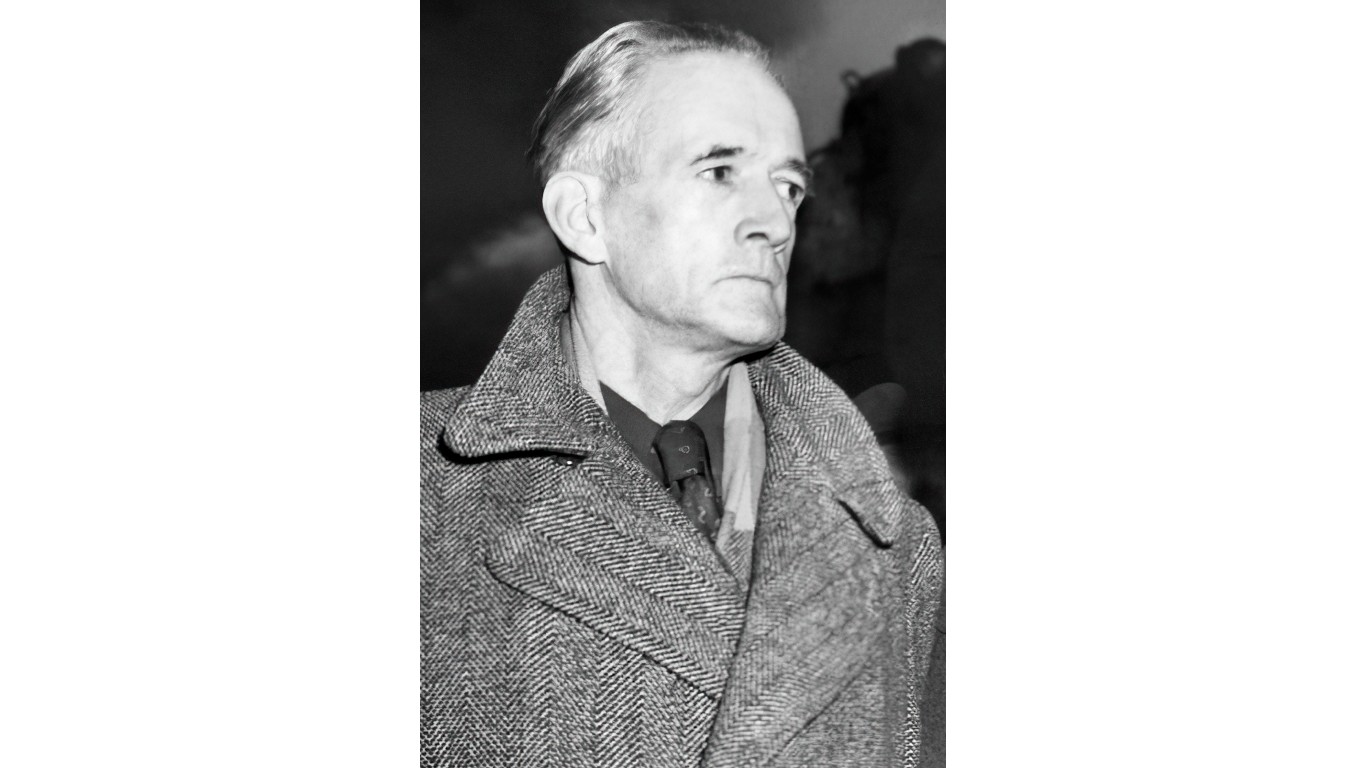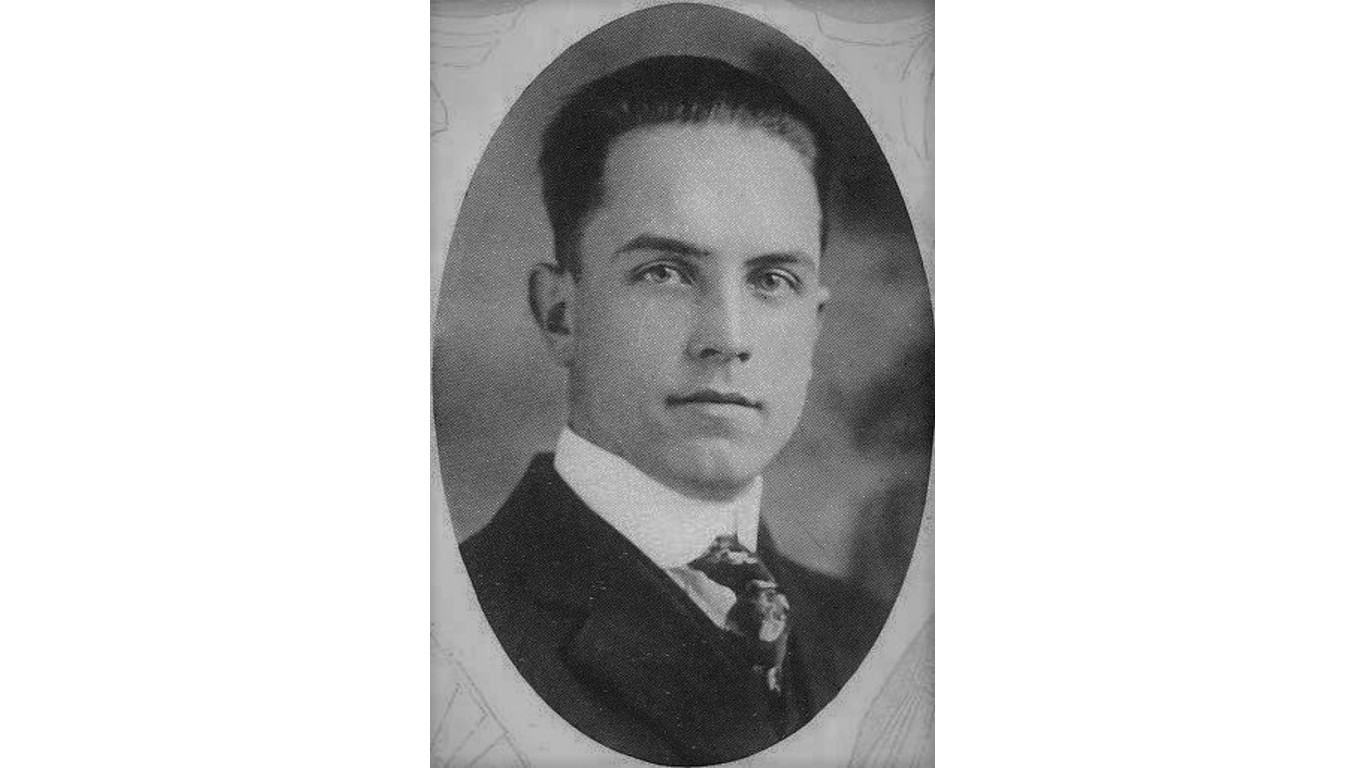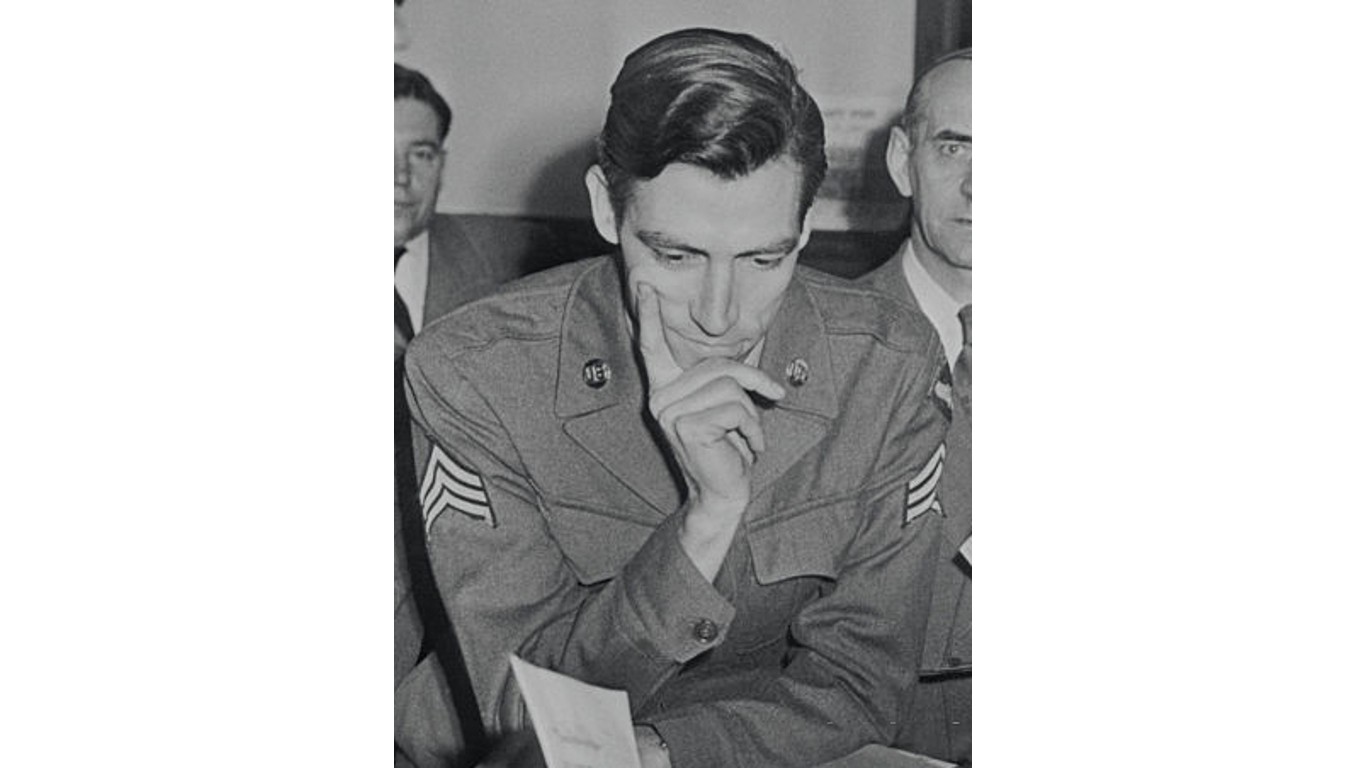
Spies and traitors operate in the shadowy world of subterfuge, expedience, and uncertain allegiances. We hear about spies when they are discovered plying their spycraft, such as Mata Hari during World War I, or traitors after they switch sides in war, like Norway’s infamous collaborator Vidkun Quisling in World War II. The United States has had its share of spies and traitors since the founding of the nation more than 250 years ago. (These are the most famous spies in history.)
24/7 Tempo compiled a list of those responsible for the most notorious cases of betrayal in U.S. history in American history by consulting sources such as History Collection, Britannica, the FBI, and various Civil War websites. Confederate military figures were not included because they were granted clemency at the end of the Civil War, but the Confederacy’s politicians and sympathizers were not, and some of them appear here.
Spies such as Rose Greenhow, a Washington, D.C., socialite, were part of a web of espionage agents who were working for the cause of the Confederacy. The Cold War and even the post-Cold War era revealed American spies operating in the employ of foreign powers, among them CIA agent Aldrich Ames and Taliban sympathizer John Anthony Walker Jr.
Click here to read about the most infamous cases of betrayal in U.S. history
Traitors betray their country for a variety of reasons, including money (FBI agent Robert Hanssen), ideology (the Rosenbergs), and opportunism or revenge (Benedict Arnold). During World War II, turncoat Americans broadcasting propaganda in the service of Nazi Germany included Douglas Chandler, Robert Best, and Mildred Gillars, also known as “Axis Sally.” (Here’s a list of history’s most famous traitors.)
While those people willingly betrayed their country, Japanese-Americans Ikuko Toguri and Tomoya Kawakita were unwittingly stranded in Japan at the start of the war and coerced into working for the Japanese Empire as a broadcaster and an interpreter at a POW camp, respectively.
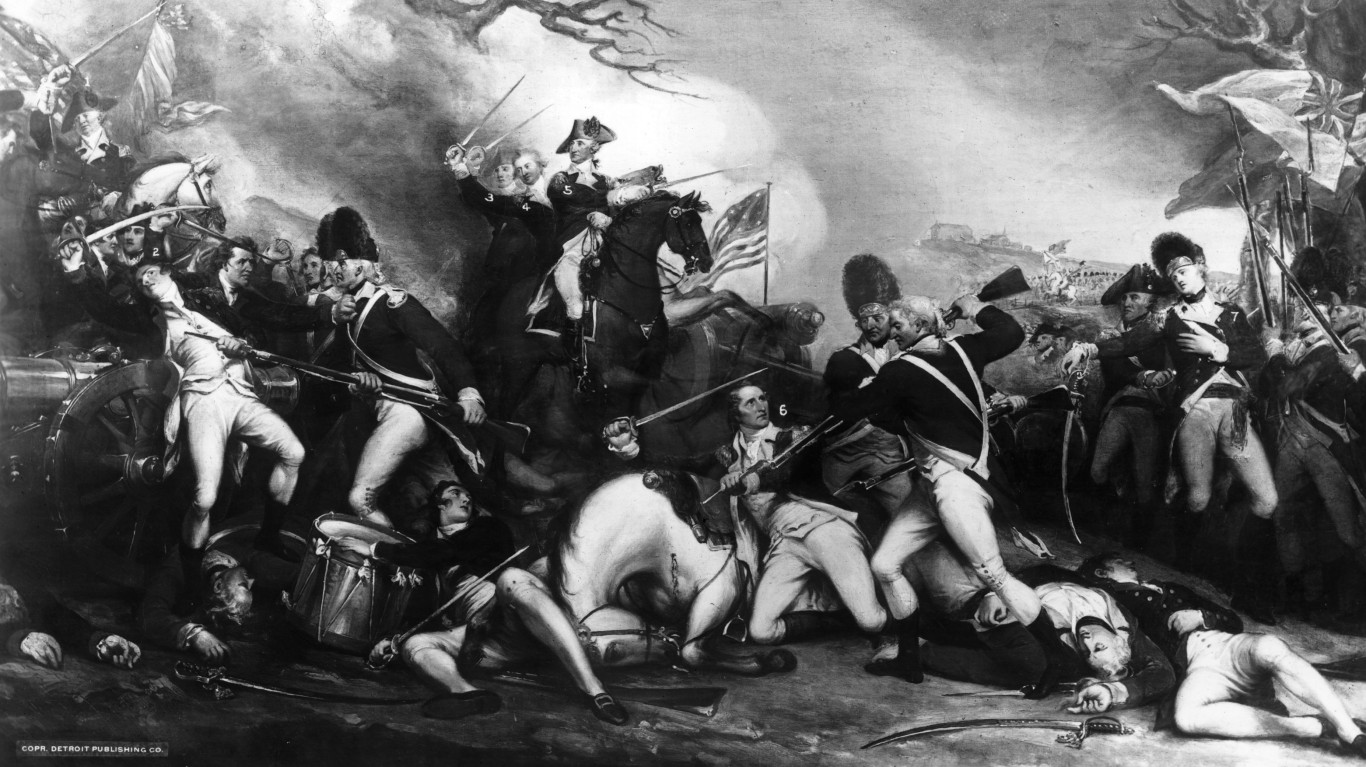
Rudolphus Ritzema (1739-1803)
Rudolphus Ritzema was a Dutch immigrant who served with Benedict Arnold during the American Revolution. He defected to the British after taking offense to a reprimand for poor inspection of troops. With the British, Ritzema was put in charge of raising a number of loyalist regiments, but his organizing skills proved ineffective and he was demoted. Ritzema fled to England where he disappeared into obscurity.
[in-text-ad]
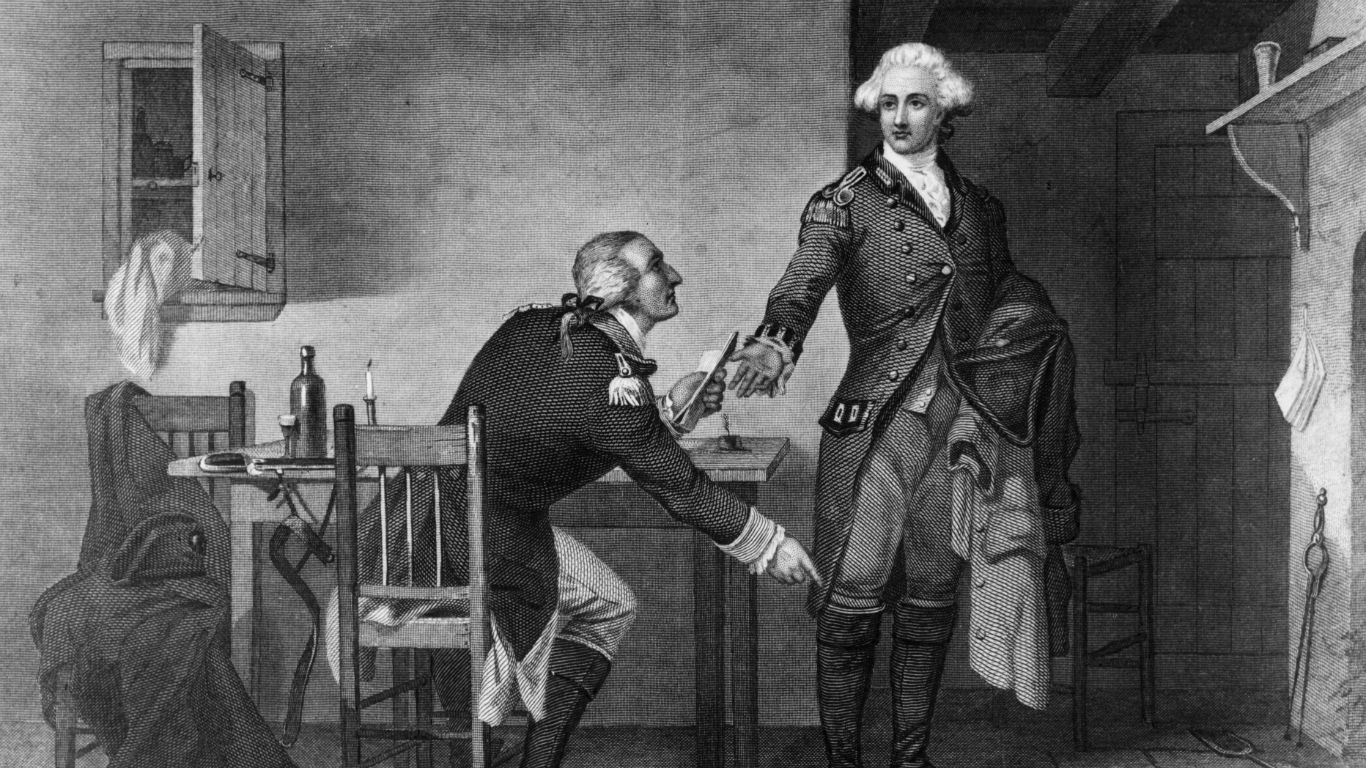
Benedict Arnold (1741-1801)
Arnold became America’s most famous turncoat because he felt he wasn’t given enough credit for his role in the American victory at Saratoga during the Revolution. He sent coded messages to British major John André about the defenses of West Point. André was caught with the messages that implicated Arnold and was hanged. Arnold openly joined the British side. After the war, he fled to England where he remained for the rest of his life.

Aaron Burr (1756-1836)
While serving as vice-president under Thomas Jefferson, Burr earned infamy for killing Alexander Hamilton in a famous duel in New Jersey. Charges against Burr were dropped, but the episode effectively ended his political career. Burr then traveled to the American frontier, seeking new economic and political opportunities. He was eventually tried for treason for conspiring with the British for allegedly trying to create his own empire in the West. Burr was acquitted but his reputation was tarnished forever.

James Wilkinson (1757-1825)
Military man James Wilkinson made a career out of double-dealing and treachery. He was part of a group of officers plotting to remove George Washington from command of the Continental Army during the Revolution. He was involved in the Burr conspiracy but turned on him and reported Burr to President Thomas Jefferson. From 1800 to 1812, Wilkinson got paid for spying for the Spanish government while serving as a senior officer in the U.S. Army. He later served as envoy to Mexico, where he died in 1825.
[in-text-ad-2]
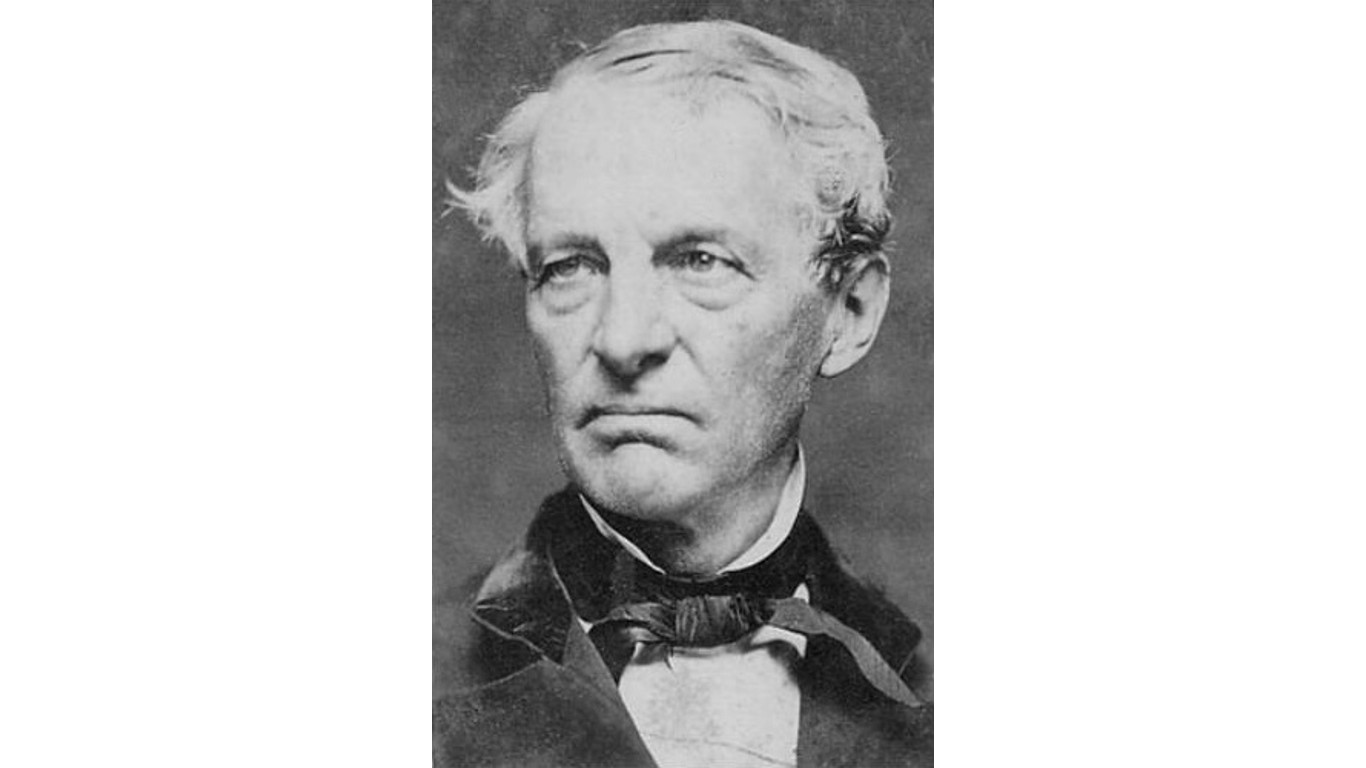
Samuel Cooper (1798-1876)
A New York native and West Point graduate who was one of highest-ranking generals in the Confederate Army during the Civil War, Cooper joined the Confederacy because his wife’s family was from Virginia. Northern politicians and the press lambasted him. Union soldiers destroyed his former Washington, D.C., house and used the bricks to build fortifications on land overlooking the Potomac River that would later be dubbed Traitor’s Hill. Cooper settled in Virginia after the war.

Jefferson Davis (1808-1889)
Jefferson Davis was the first and only president of the Confederacy. He was indicted for treason and actually wanted to be tried because he believed he could make the legal justification for secession. Davis was held in several prisons under harsh conditions that damaged his health. Charges against Davis were dismissed under a general pardon by President Andrew Johnson.
[in-text-ad]
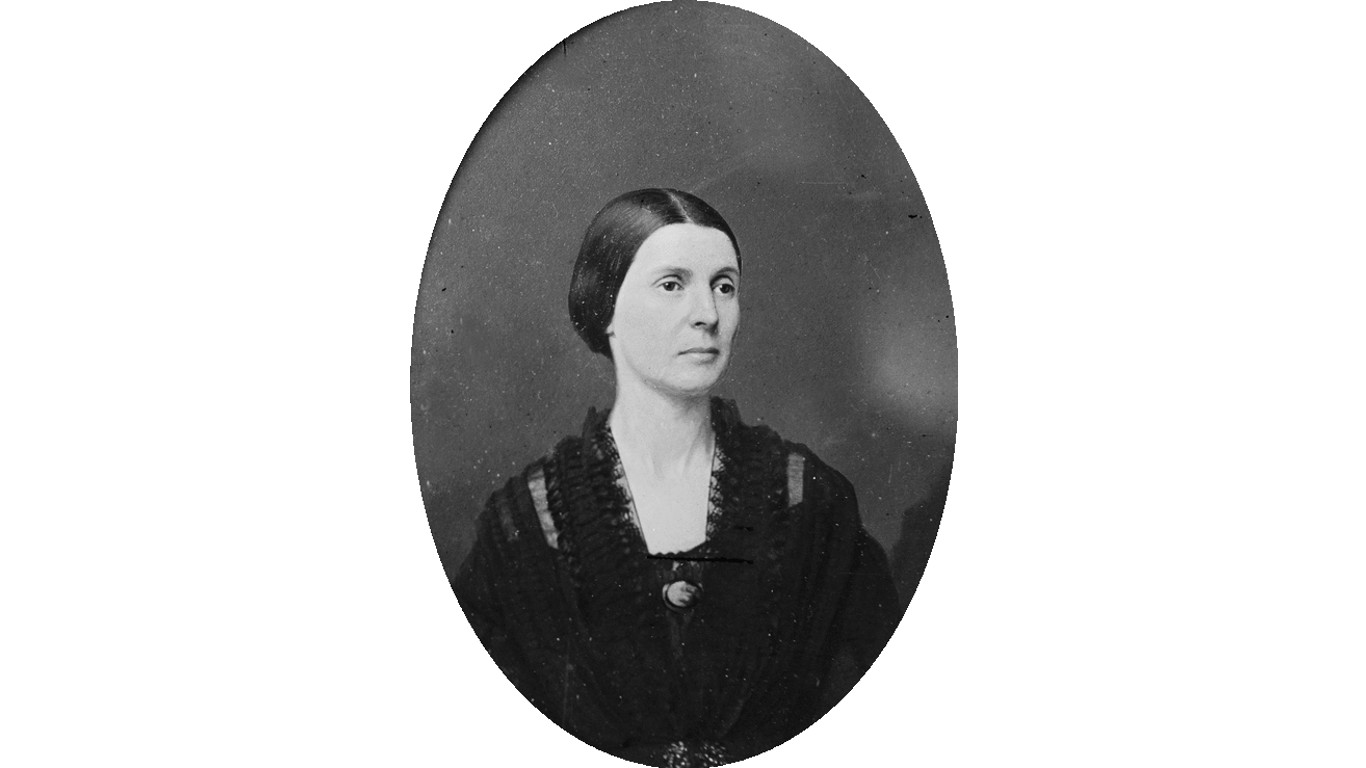
Rose Greenhow (1813-1864)
A Washington socialite with Southern sympathies, Greenhow was taught cipher coding by Confederate agents to send messages to the South at the outset of the Civil War. Greenhow got a coded message to Confederates about the Union plan of attack on Bull Run, allowing the South to prepare for the assault. She was part of an extensive spy network that extended into the North and Canada. Greenhow was careless with her coding documents at her house and that led to her arrest. She was sent to prison and eventually released and went to the South. Greenhow drowned after returning from a mission to Europe to try and drum up support for the Confederate cause.
John Patrick Riley (1817-1850)
John Patrick Riley was an Irish soldier in the British Army who emigrated to the United States and subsequently enlisted in the United States Army. During the Mexican-American War of 1846-1848, Riley led other Irish Catholics who defected to Mexico, probably because of anti-Irish Catholic sentiment in America, and they formed the Saint Patrick’s Battalion in the Mexican Army. He and his troops were captured in the Battle of Mexico City and 50 were hanged for treason. Riley was spared because he joined the Mexican Army before the war. He was branded as a deserter with the letter D on his cheek. He died in Mexico several years later.

William Mumford (1819-1862)
William Mumford was tried and hanged for treason for flouting the orders of Union Commodore David Farragut to not remove American flags flying in the soon-to-be-Union-occupied city of New Orleans. Mumford, a veteran of the Seminole War in Florida and the Mexican-American War, tore down the Stars and Stripes. For that infraction, the North Carolina resident was sent to the gallows.
[in-text-ad-2]
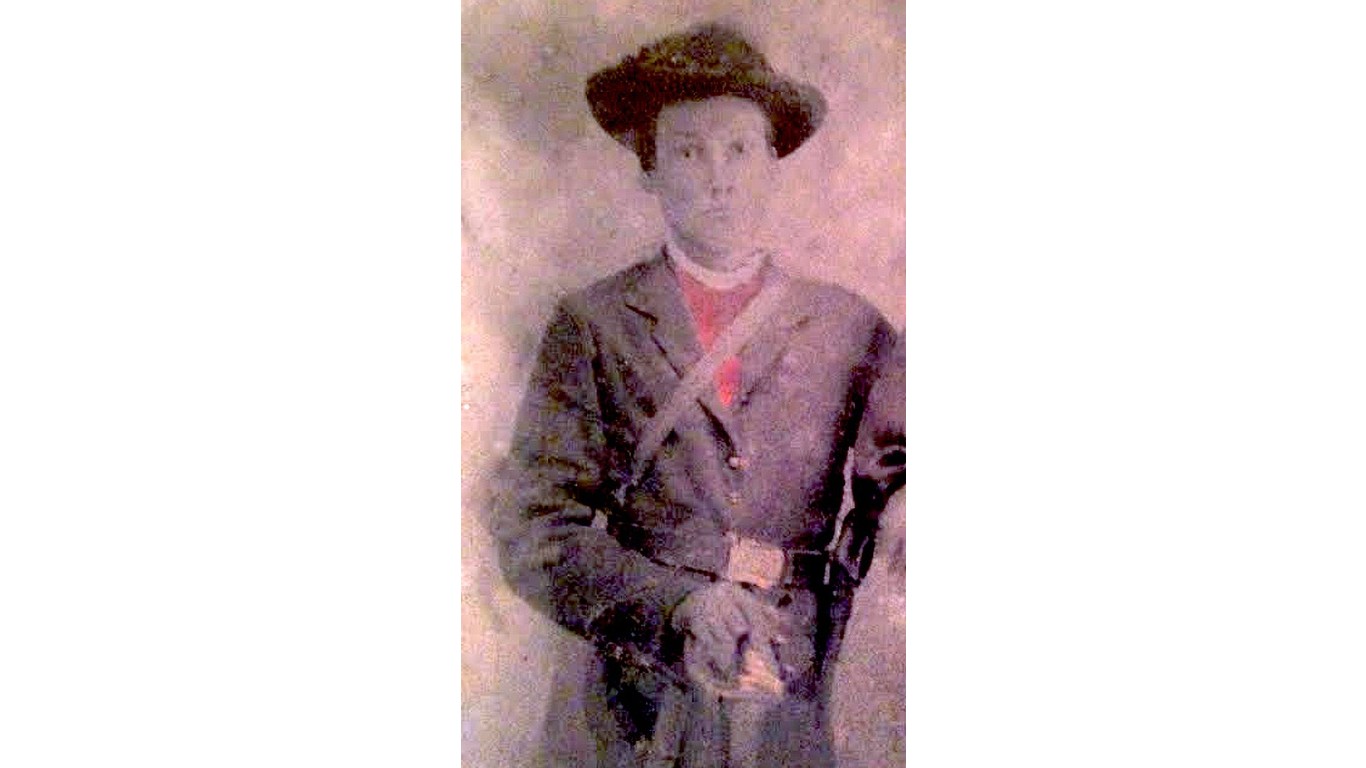
Sam Davis (1842-1863)
Sam Davis was a Confederate soldier who was wounded and while recovering joined Coleman’s Scouts. This was a band of Confederate scouts who spied and delivered information and messages for the Confederate Army of Tennessee by swiping plans, maps, and other intelligence. Davis was a courier for the group. He was captured trying to bring maps of fortification and defenses of Nashville and hanged. Davis became known as the “Boy Hero of the Confederacy.”
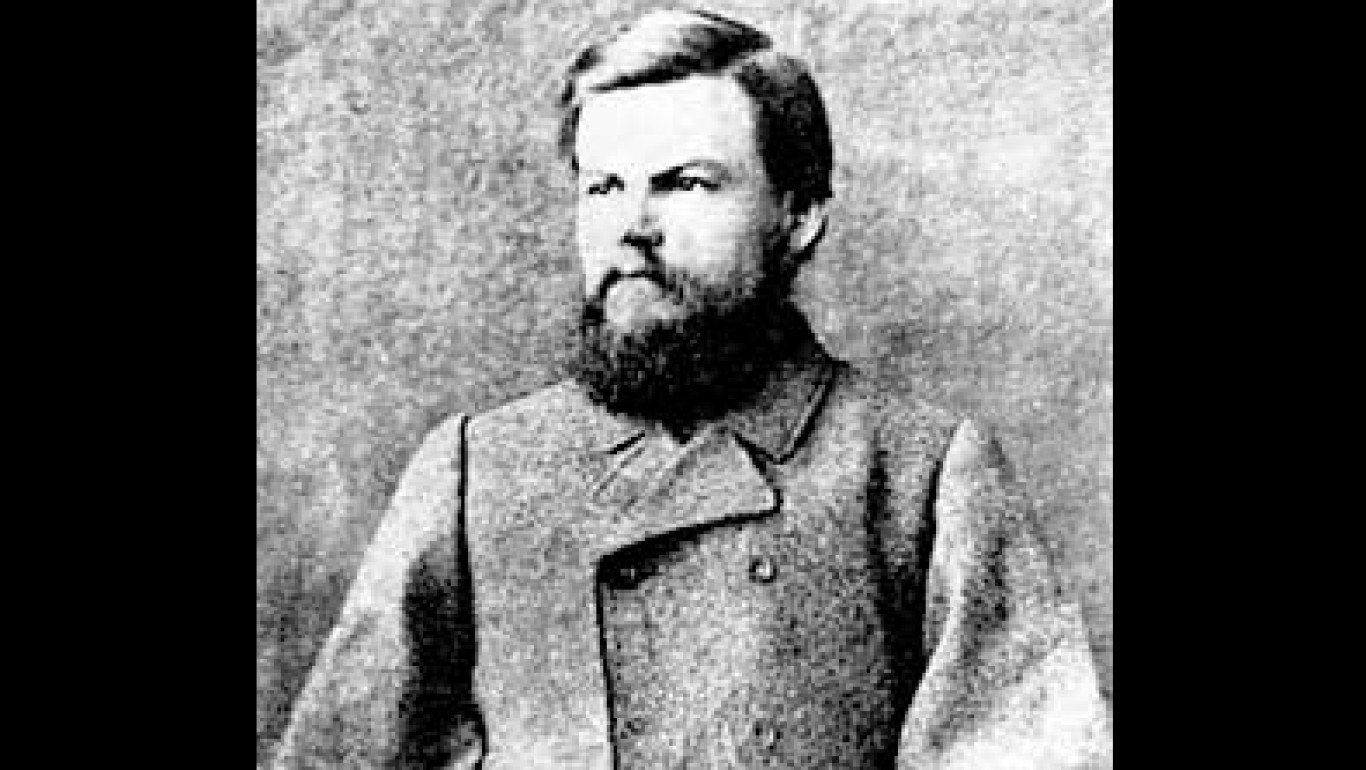
Confederate Army of Manhattan (1864)
One of the zanier episodes of attempted espionage during the Civil War involved the so-called Confederate Army of Manhattan. They were saboteurs who planned to conspire with the pro-peace Copperheads in New York City to start a rebellion in Manhattan. That failed to happen so they set fire to New York City hotels and P.T. Barnum’s Museum in 1864. All of the fires were put out quickly. The saboteurs escaped to Canada and then made their way back to the South. One agent, Robert Cobb Kennedy, was caught by Union authorities and tried and hanged.
[in-text-ad]
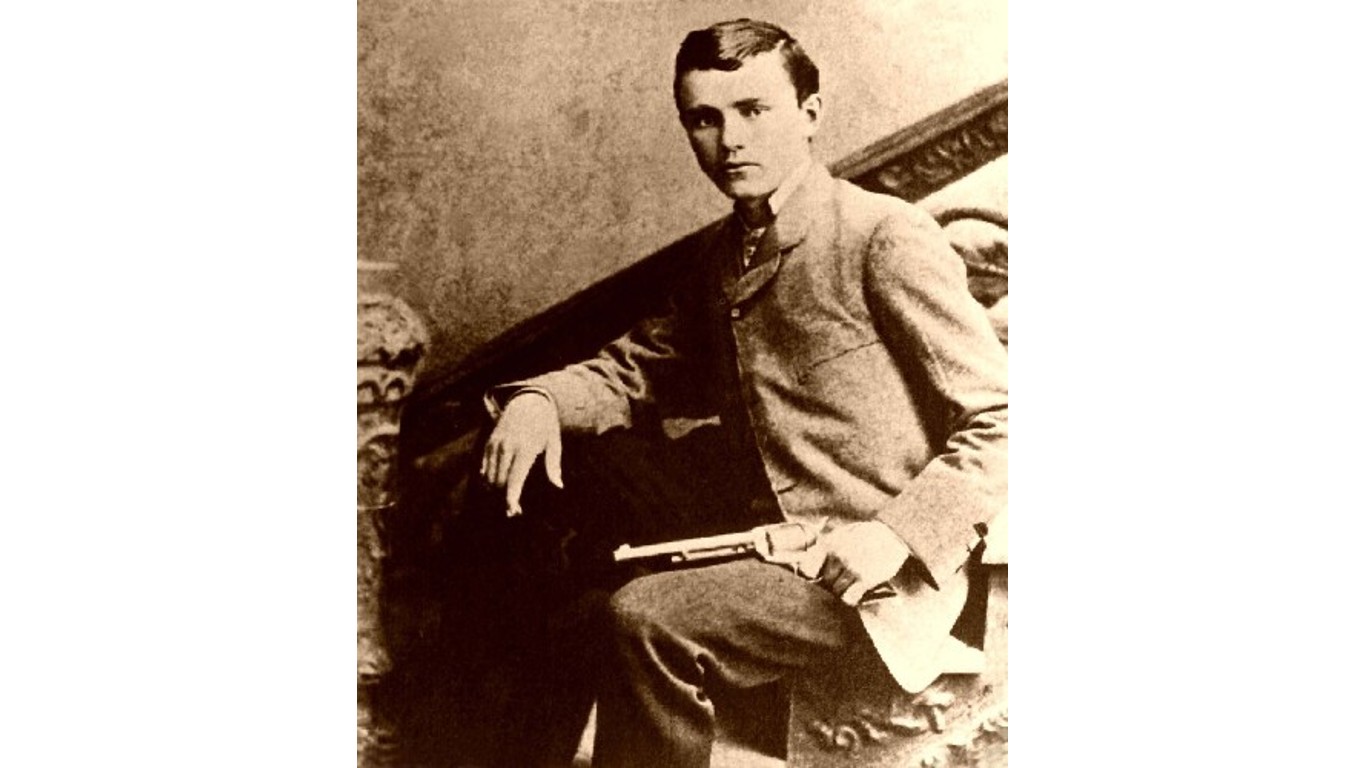
Robert Ford (1862-1892)
Robert Ford’s traitorous act did not have national implications, but it is famous nonetheless. Ford was a member of Jesse James’s gang of robbers in the American West. He betrayed Jesse for reward money and shot him to death in 1880. Ford would meet his own violent end after he was gunned down by another outlaw in retribution for slaying James. The episode has been depicted in several movies, including “The Assassination of Jesse James by the Coward Robert Ford,” starring Brad Pitt as Jesse James.

David Fagen (1875 -)
David Fagen was an African-American soldier who defected from the all-Black 24th Infantry Regiment to join the Filipino rebels during Philippine-American War in 1899. He was commissioned as a captain in the Filipino army. For the next two years, Fagen led a guerrilla insurgency in Luzon against the American occupation army. The United States put a bounty on him but he was never caught. His fate is unknown.
Douglas Chandler (1889-1970s)
Douglas Chandler was a former U.S. Naval officer who moved to Europe during the Depression. He went to Germany and began broadcasting propaganda using the name Paul Revere, with “Yankee Doodle” as his theme song. He believed the U.S. government was controlled by Jewish business interests. Chandler was arrested in Bavaria and convicted on all 10 counts of treason. He was sentenced to life in prison in 1947. Sixteen years later, President John F. Kennedy commuted his sentence with the provision that he leave the United States and never be allowed to return. Chandler went to West Germany.
[in-text-ad-2]
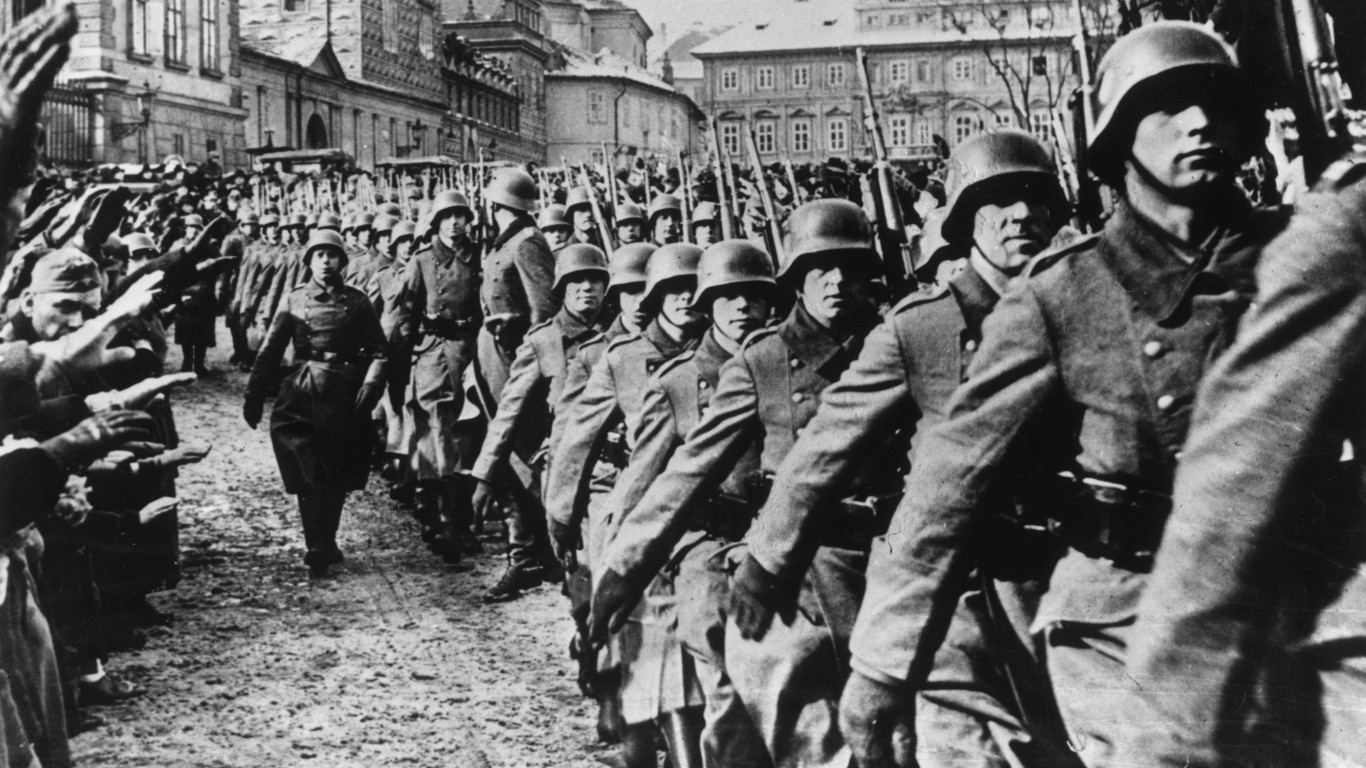
Herbert J. Burgman (1894-1953)
Burgman worked as a clerk and economic statistician in the U.S. embassy to Germany between the wars. By 1941, he had become a Nazi sympathizer, and when Germany declared war on America on Dec. 11, he chose to remain in Germany. Burgman broadcast under the stage name Joe Scanlon on his program Voice of All Free America that went directly to American homes. He tried to persuade Americans that the Jewish influence around President Franklin Roosevelt was the real cause of the war, and that the Jews were supported by Soviet bolshevism. Burgman was later convicted on 13 charges of treason. In December 1949, he was sentenced to six to 20 years in prison, and he died less than four years later.

Frederick Wilhelm Kaltenbach (1895-1945)
After winning a scholarship at the University of Berlin In 1933, Iowa-born Frederick Wilhelm Kaltenbach became a follower of Nazism. When he returned to Iowa, he started a youth group similar to the Hitler Youth. He returned to Germany in 1939 and began broadcasting German propaganda to the U.S. via short-wave radio, even before America entered the war. Kaltenbach was indicted for treason in the United States in 1943 and was arrested at his Berlin home by the Soviet Union in 1945. The American authorities requested that he be turned over for trial but the Soviets refused. They later told the State Department that he had died of natural causes.
[in-text-ad]
Robert Best (1896-1952)
A journalist who worked out of Europe between the wars, Robert Best became a Nazi sympathizer after the German annexation of Austria in 1938. Best was interned by the Germans when the U.S. entered World War II in 1941, but he convinced them that he could be useful to their cause. Best’s broadcasts were among the most hateful anti-American propaganda aired by Nazi Germany. Best was convicted on 12 counts of treason and sentenced to life imprisonment. He died in custody in 1952.
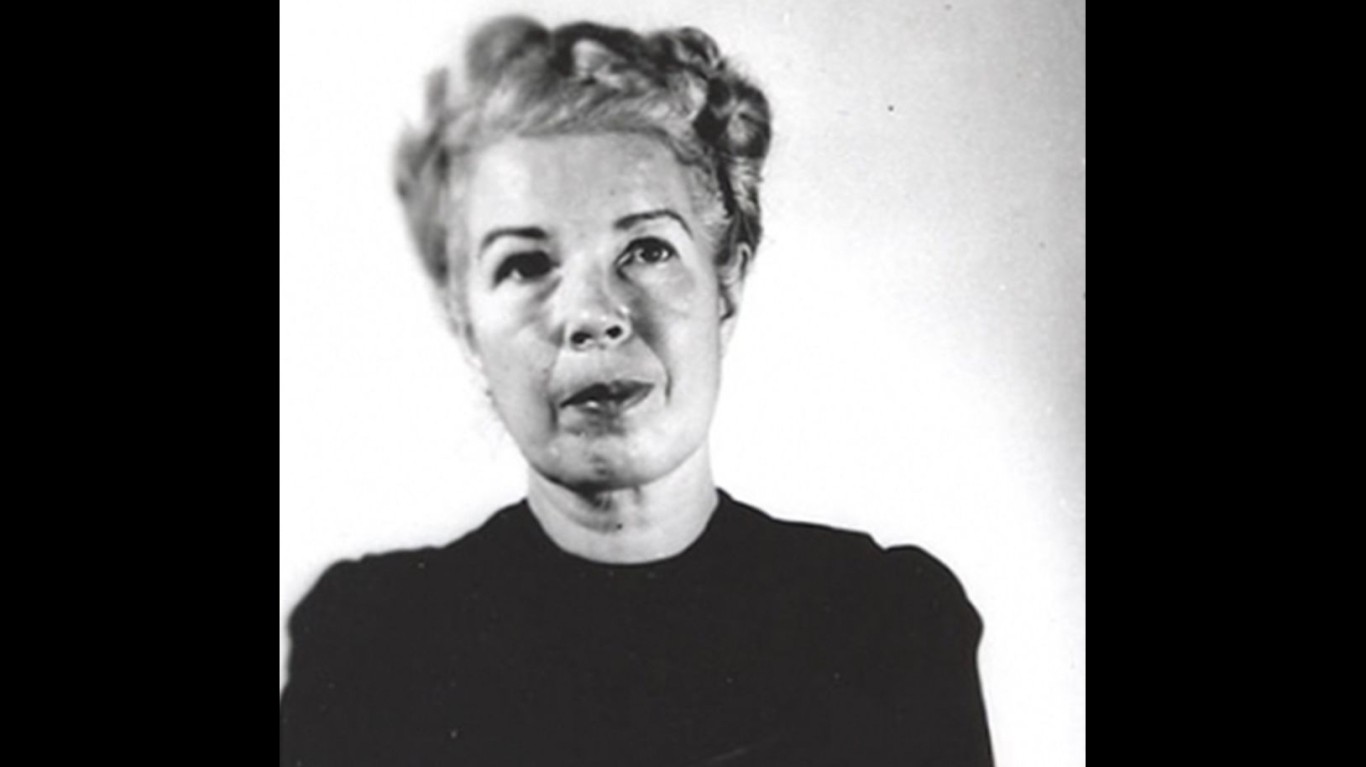
Mildred Gillars (1900-1988)
Mildred Gillars, also known as “Axis Sally,” moved to Germany from Paris in 1933 and stayed there after she married a German man. She eventually got work on German state radio. During the war, Gillars’ broadcasts were aimed at lowering the morale of mainly American troops, who were far from home. Gillars would say their wives and sweethearts were being unfaithful. She blamed Jews for starting the war. In 1948 she was convicted on one count of treason and sentenced to up to 30 years in prison. She was paroled in 1961.
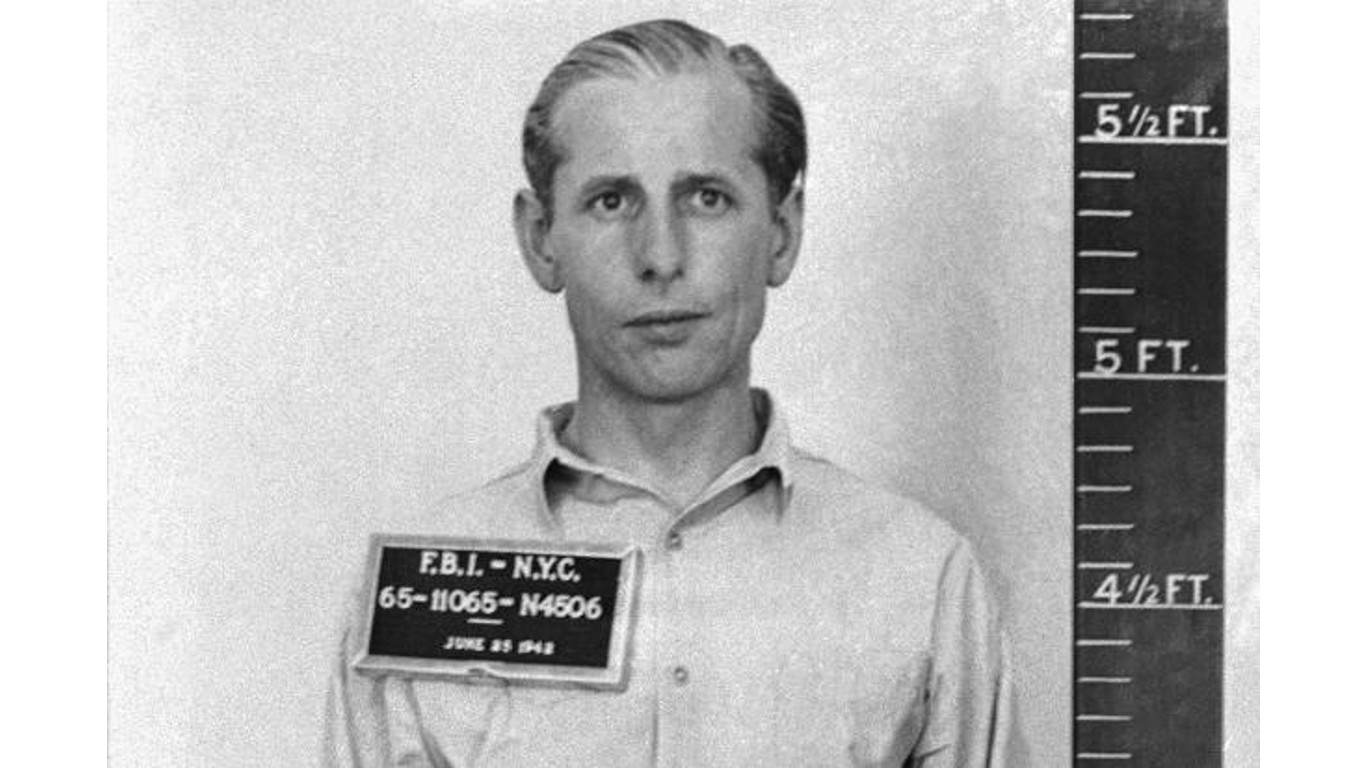
John Dasch (1903-1992)
German-born John Dasch came to the U.S. after World War I then returned to Germany, where he was trained as a saboteur. He and his group landed on Long Island via U-boat in 1942 intending to sabotage war industries, plant explosives in railway stations, blow up Jewish-owned department stores, and damage public places. Dasch had a change of heart and told the FBI of the plans. He and partner Ernst Burger were convicted of treason and sentenced to life in prison; six others were executed. In 1948, President Harry Truman commuted the life sentences of Dasch and Burger. They were deported to West Germany, where they were treated as traitors.
[in-text-ad-2]
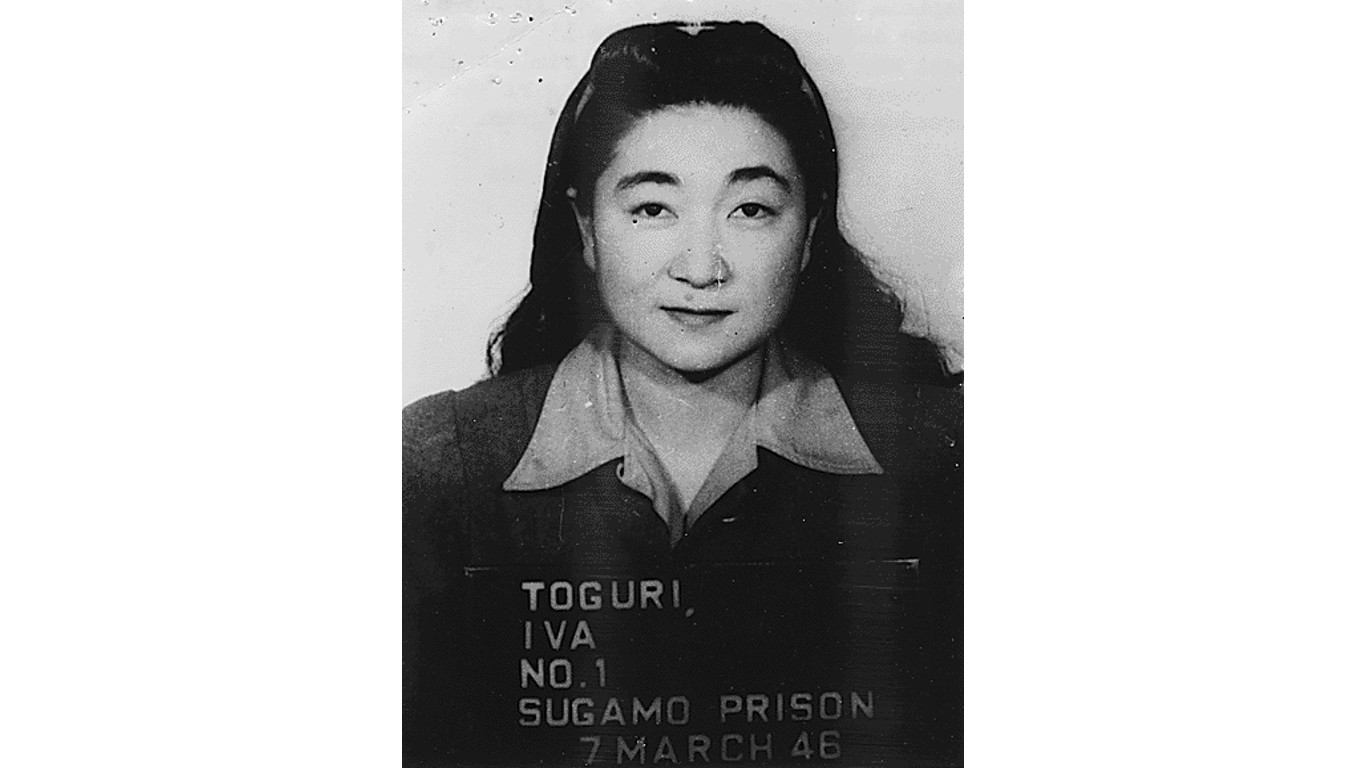
Ikuko Toguri (1916-2006)
Los Angeles-born Ikuko Toguri was the woman American troops called Tokyo Rose for her propaganda broadcasts during World War II. Toguri ended up in Japan by accident. She went to Japan to visit an ailing relative and while she was there, Japan attacked the U.S. at Pearl Harbor. While working as a typist at Radio Tokyo, Toguri was asked to become a broadcaster. Using the name “Orphan Ann” or “Orphan Annie,” she played music and mostly teased Allied servicemen. After the war, she was convicted on one count of treason. Toguri was sentenced to 10 years in prison and fined $10,000. She was released in 1956 and President Gerald Ford pardoned her in 1977.

Julius and Ethel Rosenberg (1918-1953)
The guilt or innocence of the Rosenbergs was one of the fault lines during the Cold War between the left and right in the United States. That was pretty much settled in 2015 when co-defendant, Morton Sobell, admitted that the Rosenbergs were Soviet agents. He confirmed that the couple turned over secrets from the Manhattan Project to the Soviet Union as well as data on sonar and radar systems used by the Russians to shoot down U.S. aircraft in the Korean and Vietnam wars. They were the only spies executed during the Cold War.
[in-text-ad]
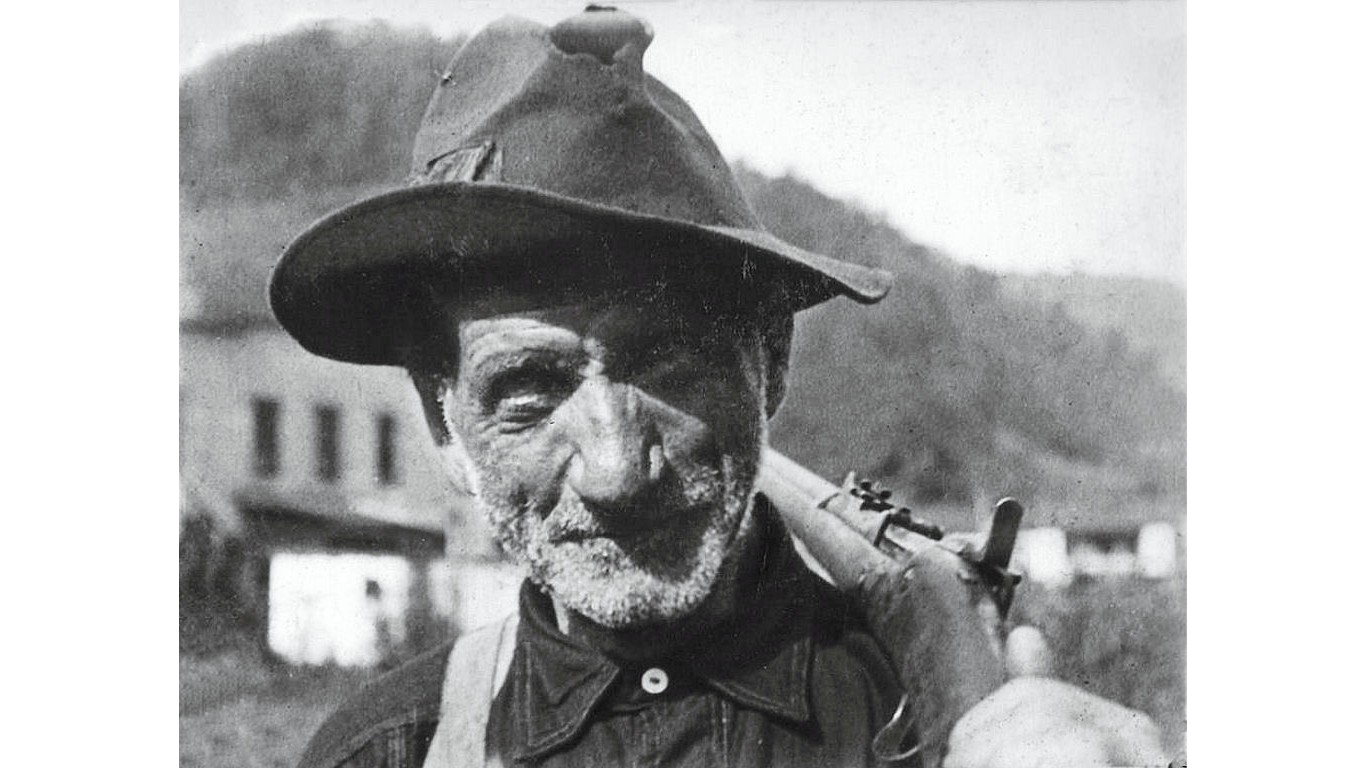
Battle of Blair Mountain miners (1921)
A dispute between unionized miners and companies in West Virginia in 1921, eventually involving the U.S. Army, turned violent, with fatalities on both sides. U.S. Army Air Corps airplanes under the command of General Billy Mitchell were used for reconnaissance. Several miners were charged with treason against West Virginia and then against the U.S., and some served time in state prisons.
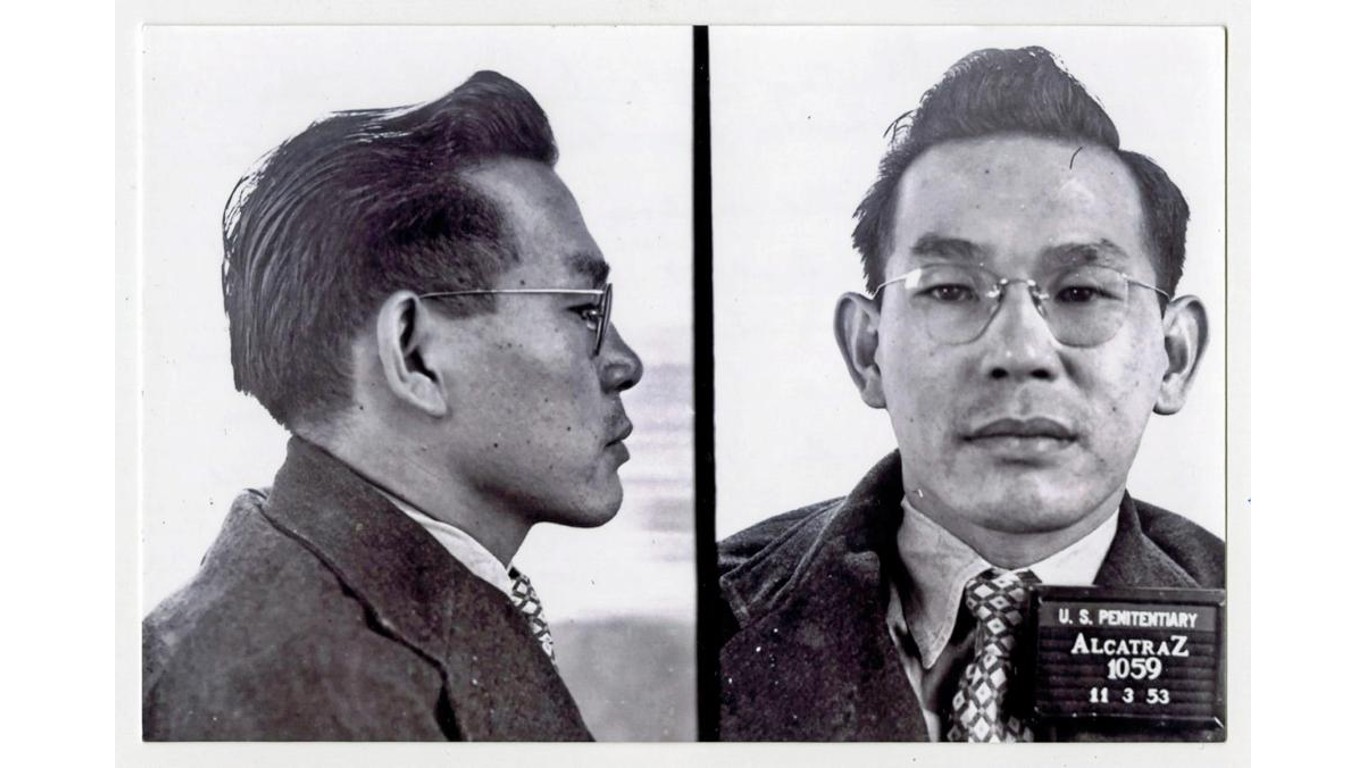
Tomoya Kawakita (1921-1993)
Tomoya Kawakita, who grew up in Calexico, California, was convicted of treason for collaborating with the Japanese during World War II. Stranded in Japan after the outbreak of war, Kawakita found employment as an interpreter at a POW camp. After the war he returned to the U.S. where a former POW spotted him at a department store. He was tried and sentenced to death for treason, with some former POWs claiming he physically and verbally abused prisoners. His sentence was reaffirmed twice in courts, before President Dwight Eisenhower reduced the sentence to life imprisonment. President John F. Kennedy paroled Kawakita in 1963 in a gesture to improve relations with Japan and Kawakita lived the rest of his life in Japan.
Martin James Monti (1921-2000)
In one of the more curious episodes of World War II, Martin James Monti became the only American military officer known to have defected to the Axis in World War II. On Oct. 13, 1944, he took off from an Allied air base in Southern Italy in a stolen P-38 Lockheed Lightning and flew it to a German airfield, where he requested political asylum. Nazi propaganda broadcasters had a field day with Monti who denounced the Soviet communists and their American and British allies. At war’s end Monti tried to weasel out of his predicament by claiming he was a POW. By 1947, U.S. authorities figured out the true story and charged him with treason. He was imprisoned in 1949 and made parole in 1960.
[in-text-ad-2]

McKinley Nolan (Circa 1945-?)
McKinley Nolan, an African-American infantryman from Texas, defected to the communists during the Vietnam War in 1967. He appeared in communist propaganda broadcasts in which he urged other Black soldiers to join him. Nolan’s fate is not known. Rumors had him hobnobbing with Fidel Castro or claimed that he was killed during the Khmer Rouge takeover of Cambodia in 1975. He was the subject of a 2010 documentary film concerning his brother’s attempt to determine his fate.
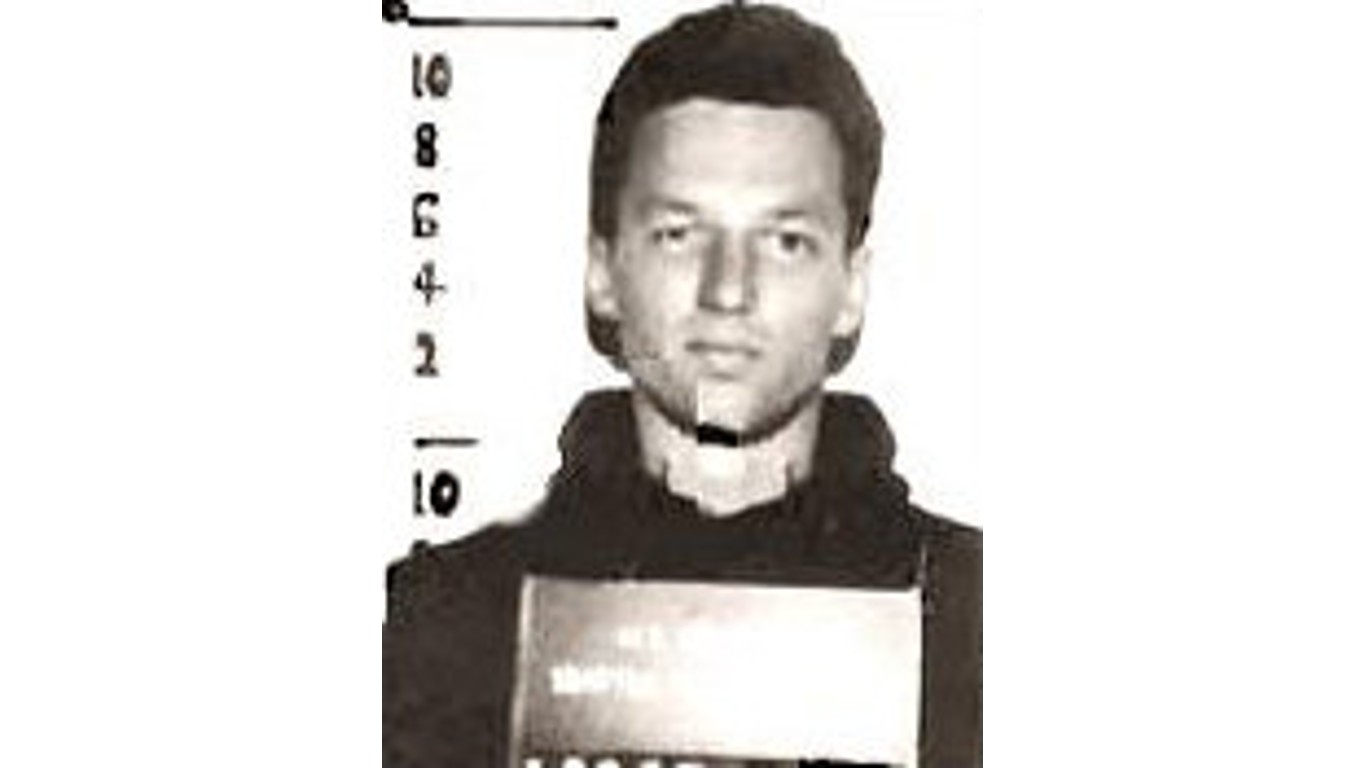
Christopher John Boyce (1953-) and Andrew Daulton Lee (1952 -)
Christopher John Boyce and Andrew Daulton Lee were boyhood friends from California who were arrested for espionage. Boyce was a defense industry employee who became disillusioned with CIA interference in the internal affairs of other nations in the 1970s. He sought out Soviet contacts and sold top-secret U.S. satellite technology information to the Soviet Union. Lee was a drug dealer who used the opportunity to pass along information to the Soviet Union for financial gain. Both were sentenced for espionage but were paroled in the 1980s. Their story became a book and then a movie, “The Falcon and the Snowman.”
[in-text-ad]

John Anthony Walker Jr. (1937-2014)
John Anthony Walker Jr. was a U.S. Navy communications specialist who sold secrets to the Soviet Union for 18 years beginning in 1967. During his naval career he worked with encryption codes and devices and had access to information about the movements of U.S. and Soviet fleets. Walker retired from the Navy in 1976 and opened a private detective business. He soon involved his son, another Navy radioman, and his brother in the espionage ring. He was exposed by his ex-wife and daughter in 1985. Walker Jr. received a life sentence for espionage and died in prison in 2014.

Aldrich Ames (1941 -)
Aldrich Ames, a CIA agent fluent in Russian, started spying for the Russians in 1985. His activities proved to be very damaging to American intelligence gathering and security. Ames passed along classified documents to the KGB by using prearranged hiding places. Many CIA agents were compromised as a result of his treason and some were executed by the Soviets. Ames and his wife Rosario both pled guilty on treason charges on April 28, 1994. He was sentenced to prison for life without the possibility of parole. His wife got 63 months in prison and completed her sentence.

Robert Hanssen (1944 -)
Robert Hanssen is a former FBI agent who spied for Soviet and then Russian intelligence services starting in 1985. He used encrypted communications, dead drops, and other clandestine methods to provide information to the KGB and its successor. Hanssen’s information compromised many human assets, U.S. government documents, and technical operations. The FBI considers Hanssen the most damaging spy in bureau history. He was apprehended on Feb. 18, 2001, in Virginia, and charged with selling U.S. secrets to the Soviet Union and then Russia for more than $1.4 million in cash and diamonds. Hanssen pled guilty to 15 counts of espionage and in 2002 and was sentenced to life in prison without parole.
[in-text-ad-2]
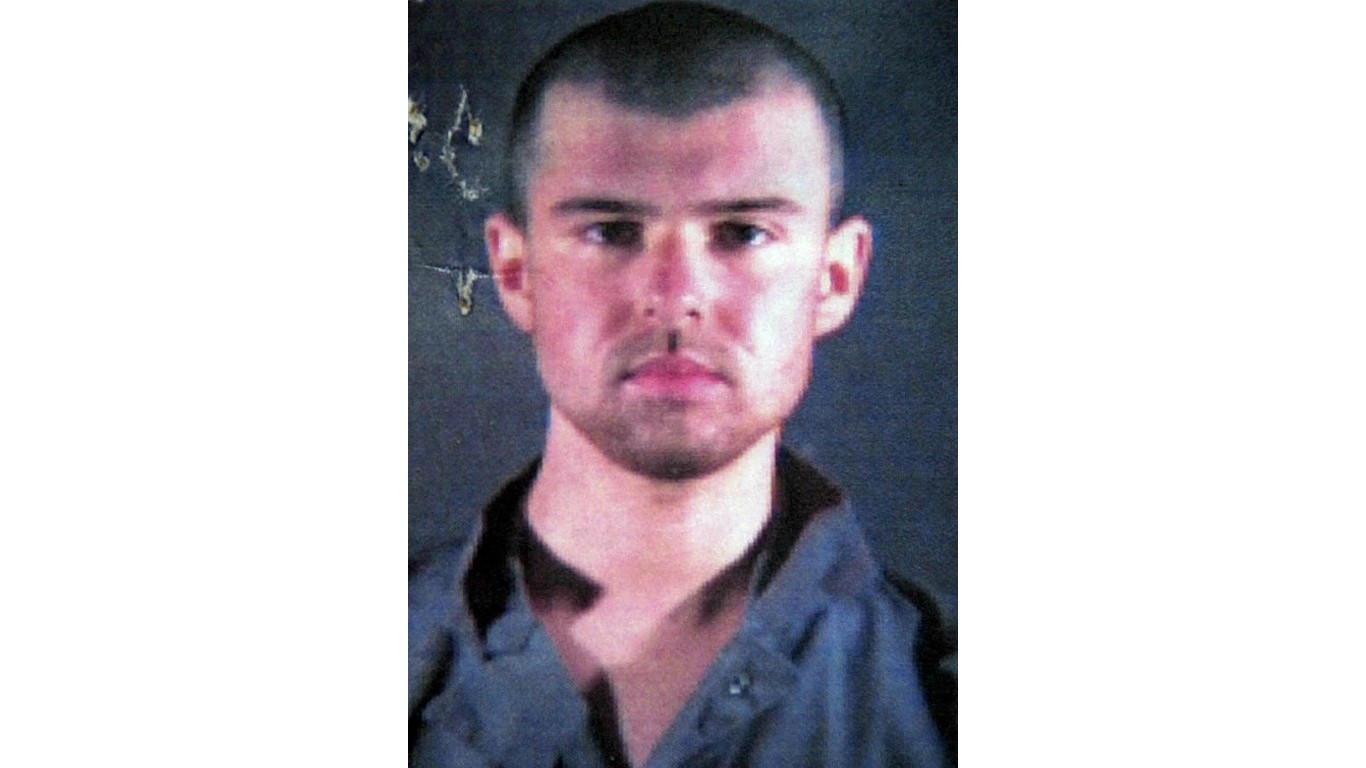
John Walker Lindh (1981 -)
After converting to Islam, John Walker Lindh joined the Taliban in its fight against the anti-Taliban coalition the Northern Alliance in 2001. He was captured and turned over to the U.S. In a plea bargain with federal prosecutors, Lindh pled guilty to charges of supplying services to the Taliban in violation of U.S. sanctions and carrying weapons while committing a crime. Lindh was sentenced to 20 years in prison in 2002. He was released in 2019.
Cash Back Credit Cards Have Never Been This Good
Credit card companies are at war, handing out free rewards and benefits to win the best customers. A good cash back card can be worth thousands of dollars a year in free money, not to mention other perks like travel, insurance, and access to fancy lounges. See our top picks for the best credit cards today. You won’t want to miss some of these offers.
Flywheel Publishing has partnered with CardRatings for our coverage of credit card products. Flywheel Publishing and CardRatings may receive a commission from card issuers.
Thank you for reading! Have some feedback for us?
Contact the 24/7 Wall St. editorial team.
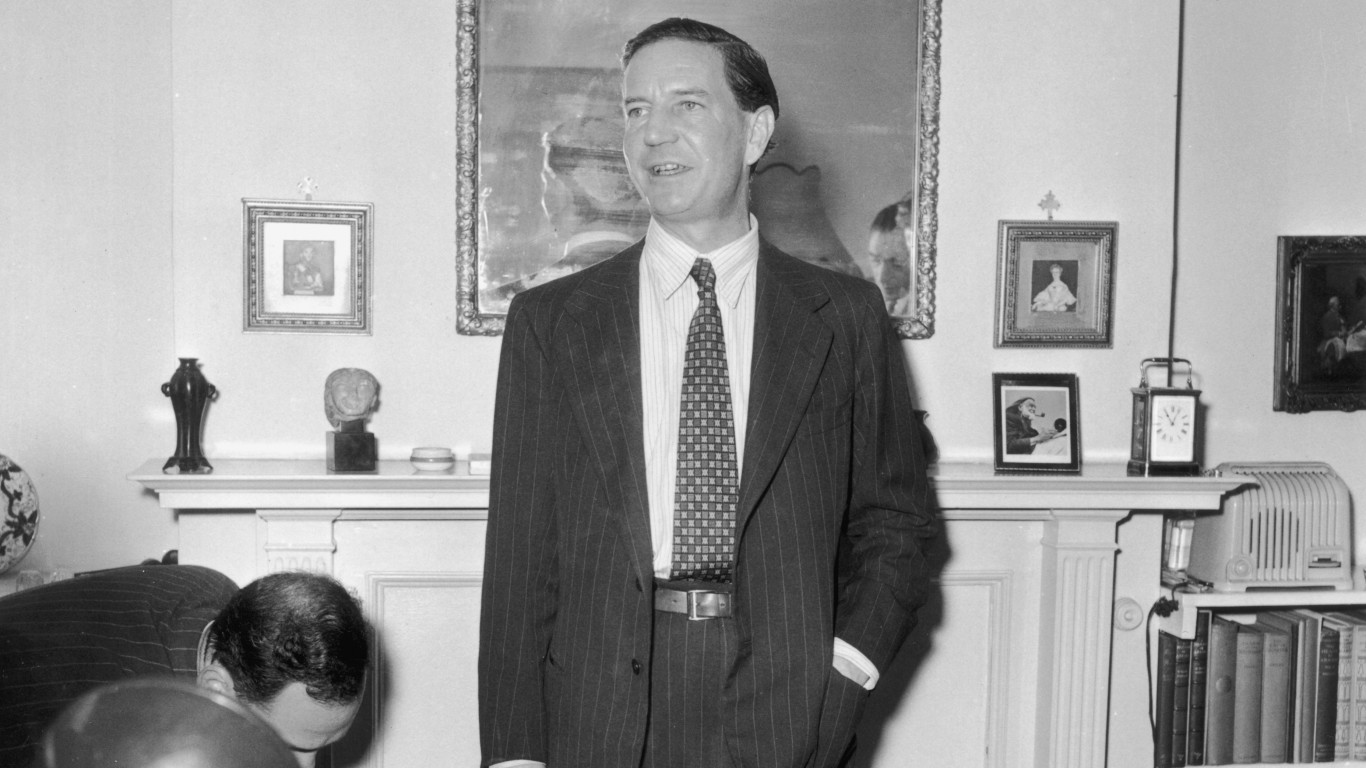 24/7 Wall St.
24/7 Wall St.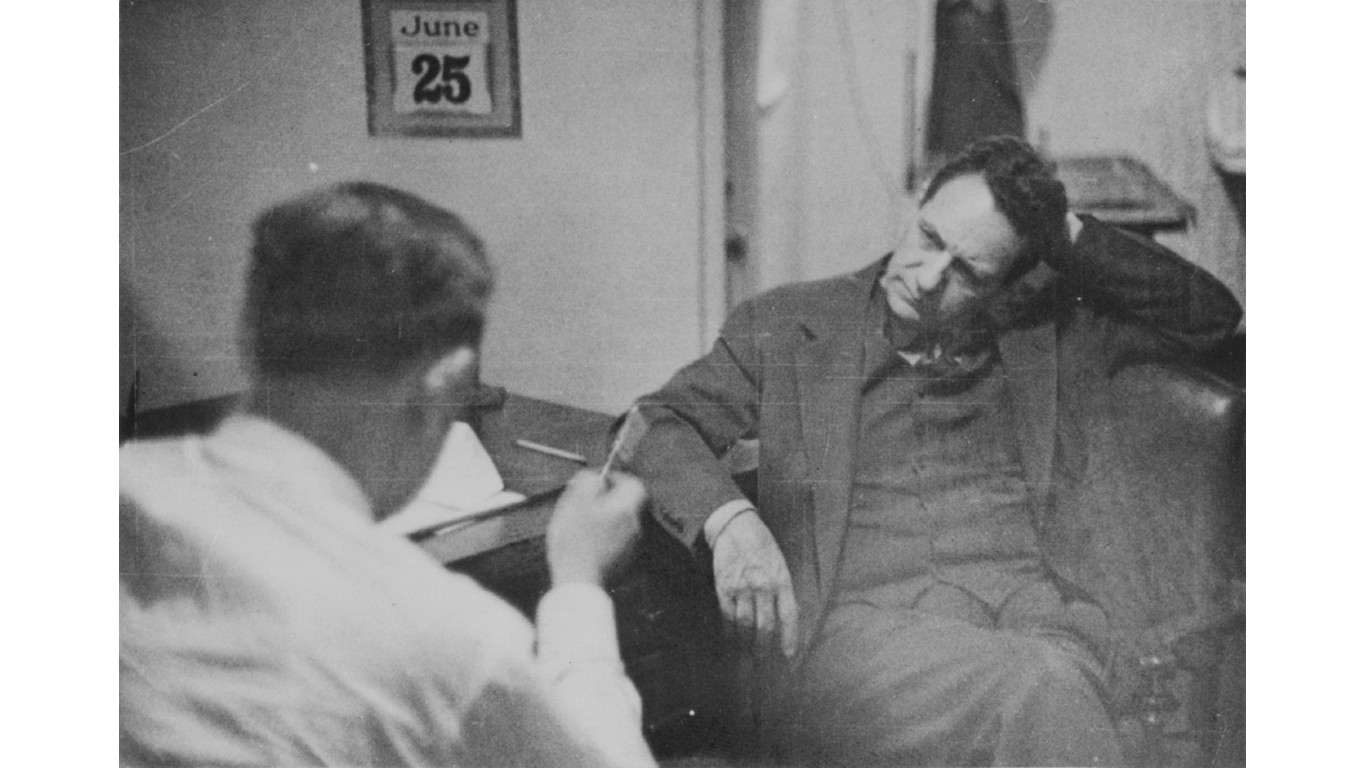 24/7 Wall St.
24/7 Wall St.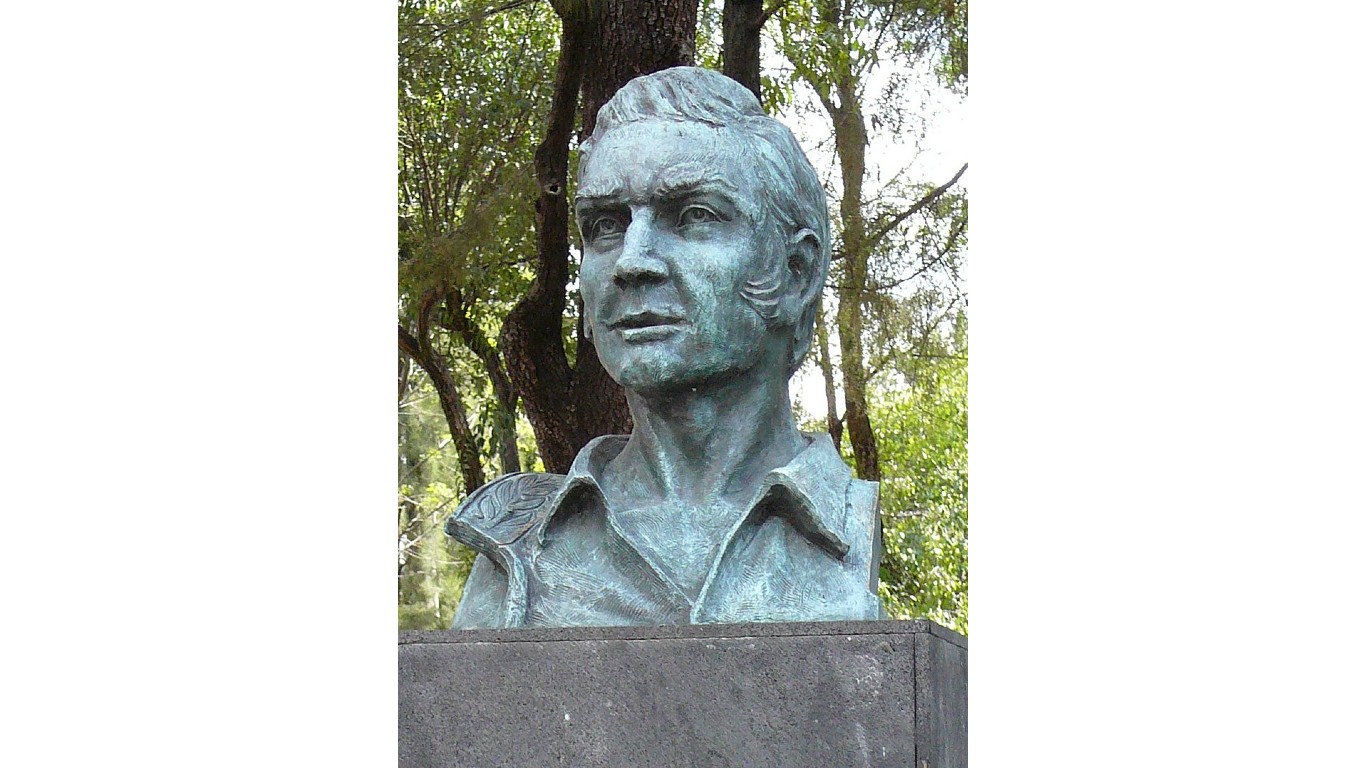
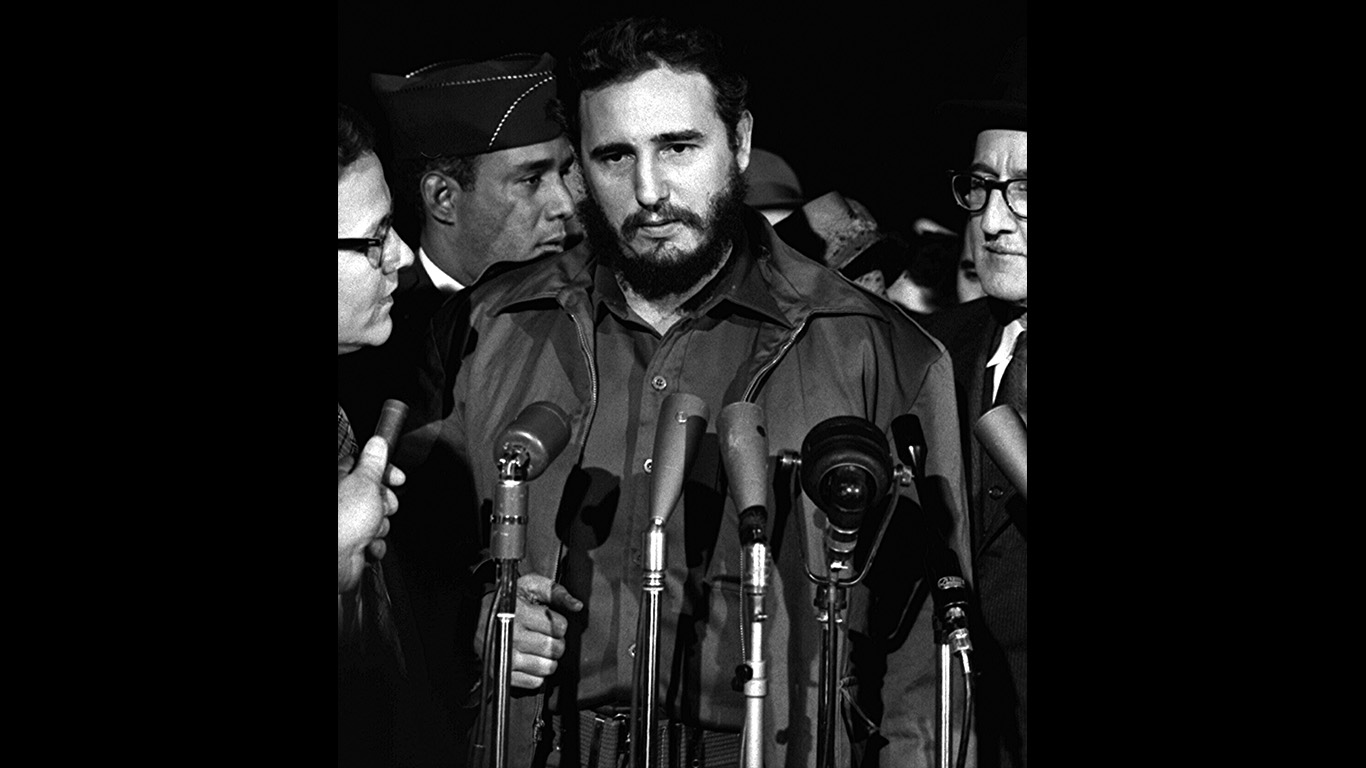 24/7 Wall St.
24/7 Wall St.